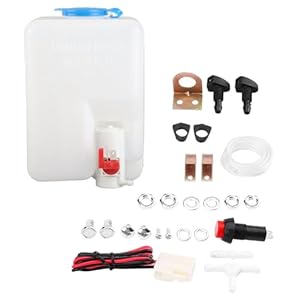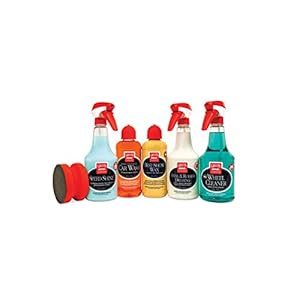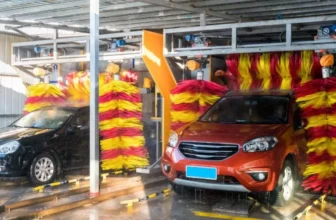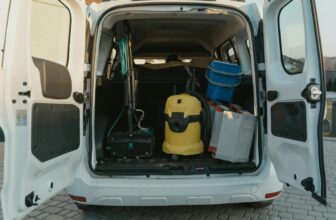
When you hit the road at night, ensuring your safety becomes a top priority. From adjusting your speed to maintaining a safe distance, there are key steps to take to navigate the darkness with confidence. But what about those crucial yet often overlooked tips that could make all the difference in your nighttime driving experience? Let’s explore some lesser-known safety measures that every driver should consider implementing to make night driving not just a necessity but a secure and stress-free journey.
Importance of Night Driving Safety
Understanding the significance of prioritizing night driving safety can greatly reduce the risk of accidents and ensure a secure journey. When driving at night, visibility is reduced, making it harder to see pedestrians, animals, or obstacles on the road. Your reaction time may also be slower due to fatigue or reduced alertness. By being aware of these factors, you can take proactive steps to enhance safety.
It is crucial to adjust your speed when driving at night. The reduced visibility means you may not be able to react as quickly to unexpected situations. Maintaining a safe following distance is vital to allow for ample reaction time in case the vehicle in front of you stops suddenly. Additionally, using your headlights correctly can significantly improve your visibility and make it easier for other drivers to see you.
Vehicle Maintenance for Night Driving
When preparing for night driving, ensuring your vehicle is properly maintained is key to promoting safety on the road. Regularly check that all your lights are working correctly, including headlights, taillights, and turn signals. Dim or faulty lights can significantly reduce your visibility to other drivers.
Make sure your headlights are properly aligned to prevent blinding oncoming traffic and to illuminate the road effectively. Additionally, keep your windshield clean inside and out to minimize glare from oncoming headlights.
Check that your brakes are in good condition, as they’re essential for safe driving at night. Proper tire maintenance is crucial for optimal grip on the road, especially during nighttime when visibility is reduced.
Lastly, don’t forget to schedule regular maintenance checks to ensure your vehicle is in top condition for night driving. By staying on top of vehicle maintenance, you can help prevent potential issues that may arise while driving in the dark.
Tips for Enhancing Visibility at Night
To enhance visibility at night, adjust your side mirrors to minimize blind spots and improve your overall view of the road. Properly positioned side mirrors can help you see vehicles approaching from the side, reducing the risk of accidents during night driving. Additionally, ensure that your windshield is clean both inside and out to prevent glare from oncoming headlights. Dirty windshields can scatter light and impair your vision, making it harder to see the road ahead.
Another tip to enhance visibility at night is to dim your dashboard lights. Bright dashboard lights can create a distracting glare, making it challenging to see the road clearly. By dimming them, you can improve your night vision and focus better on the surrounding environment. Moreover, consider using headlights with a higher wattage or brightness level to illuminate the road more effectively. Brighter headlights can enhance your visibility, helping you spot potential hazards earlier and react in a timely manner. By following these tips, you can make your night driving experience safer and more enjoyable.
Dealing With Fatigue and Drowsiness
Ensure you prioritize your well-being by recognizing the signs of fatigue and drowsiness while driving at night. Feeling drowsy behind the wheel can be dangerous, leading to slower reaction times, impaired decision-making, and an increased risk of accidents. If you start yawning frequently, have trouble keeping your eyes open, find it hard to focus, or drift in and out of lanes, it’s crucial to address these warning signs promptly.
To combat fatigue while driving at night, take regular breaks to rest and refresh yourself. Stop at well-lit rest areas or gas stations, stretch your legs, and grab a coffee or take a power nap if needed. Engage in conversation with your passengers to stay alert and attentive. Additionally, ensure you get adequate sleep before embarking on a nighttime drive and avoid consuming heavy meals or medications that induce drowsiness.
Automotive & Tools














